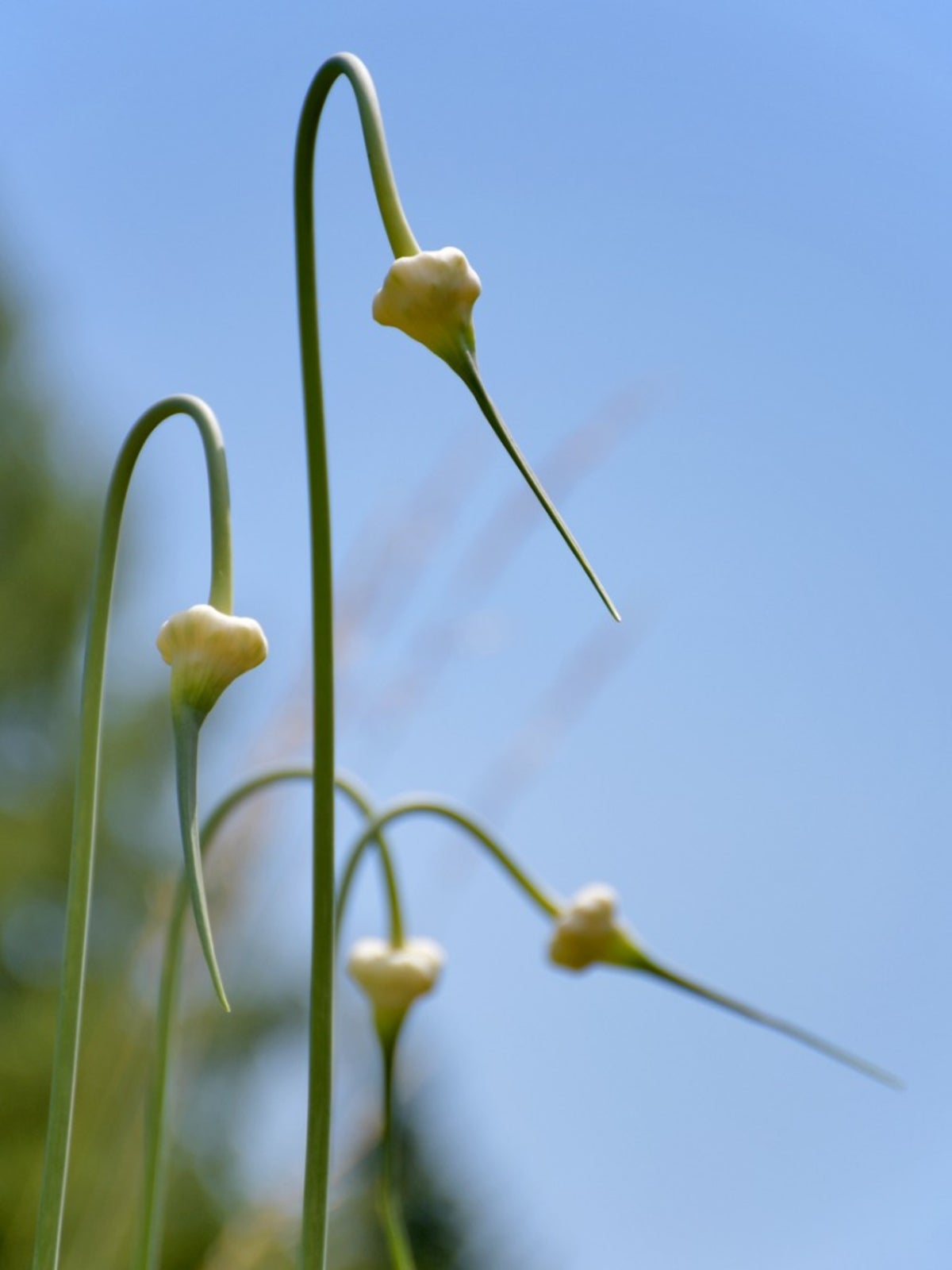Types Of Bulbil Plants - Information For Growing And Planting Bulbils

When one thinks of plant propagation, you generally think of sexual reproduction through seeds. However, many plants can reproduce by vegetative parts such as roots, leaves, and stems. There are other plants that produce bulbils, which can be used to grow additional plants in the garden.
What are Bulbils?
So you may be wondering, what are bulbils? Simply put, bulbils are the offspring of their parent plant. Like seed, they will reproduce when given the appropriate conditions, making new plants. Since bulbils so readily propagate, learning how to grow plants from bulbils makes for easy propagation as most can be harvested once they've matured. Depending on the type of plant, bulbils may resemble small nodule-like buds in clusters or individual, either coming from the bottom of the plant moving up or aerial ones at the top of the plant.
Types of Bulbil Plants
There are various types of bulbil plants in the garden realm that are able to reproduce via bulbils instead of seeds. Some types of bulbil plants include agave and several members of the onion family, including garlic. Egyptian walking onion is also known as a tree or top-setting onion. This onion earned the name “walking onion” due to its unique ability to self-propagate. Mature plants produce bulbils on top of the stalk followed by a short flower stalk, which also produces bulbils. These bulbils weight the plant down and so that it touches the ground a few inches (8 cm.) from the mother plant. Once the bulbils meet the soil, they send out roots and grow more plants, naturally reproducing. A few species of lilies produce stem bulbils that are dark purple and measure from 1 to 2 cm (2.5-5 cm.) in size. Like walking onion, bulbils that are not removed will naturally fall to the ground, grow roots, and pull themselves deep into the soil. Even some ferns, like the hen and chicken fern, make new plants on the tips of their fronds, which are also referred to as bulbils.
How to Grow Plants from Bulbils
Growing plants from bulbils is relatively easy. Bulbils can be easily separated from the parent plant and put directly into the garden. Planting bulbils in the late summer gives plants an opportunity to develop a strong root system before winter sets in. When you are growing plants from bulbils, be sure to provide plenty of water for new bulbils regularly to help them establish strong roots.
Gardening tips, videos, info and more delivered right to your inbox!
Sign up for the Gardening Know How newsletter today and receive a free copy of our e-book "How to Grow Delicious Tomatoes".